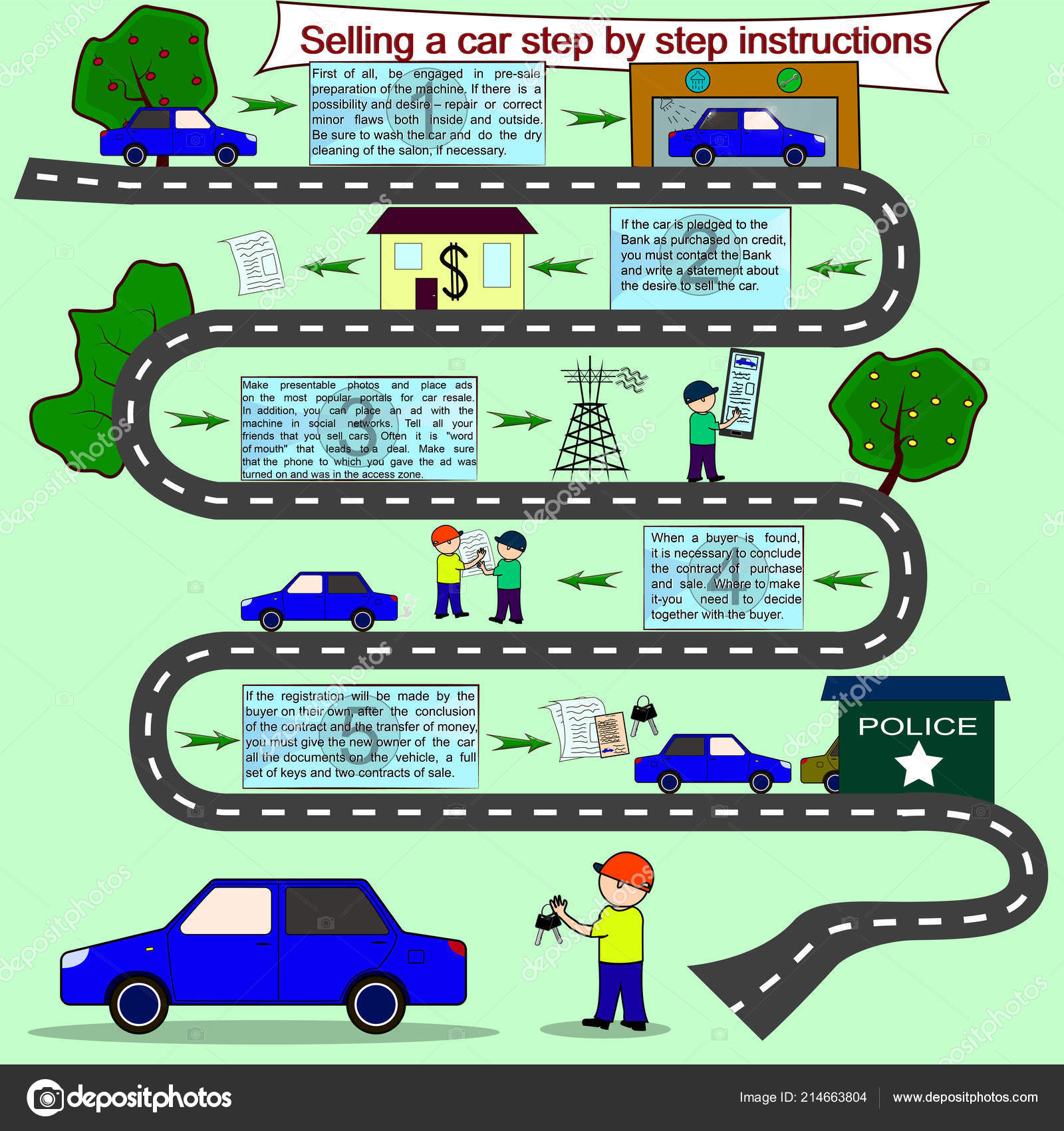Looking For Clarity On The Caution Lights Showed On Your Cars And Truck'S Dashboard? Discover Exactly How They Relate To Your Automobile'S Health And Safety
Looking For Clarity On The Caution Lights Showed On Your Cars And Truck'S Dashboard? Discover Exactly How They Relate To Your Automobile'S Health And Safety
Blog Article
Write-Up By-Vinson Shepherd
When you're behind the wheel, those radiant caution lights on your control panel can be a bit bewildering. Do you recognize what they're attempting to inform you regarding your vehicle's health? Understanding the relevance of these lights is important for your security and the durability of your lorry. So, https://www.consumerreports.org/car-repair/used-car-prices-surge-consider-fixing-car-you-already-own-a8533244943/ following time one of those lights turns up, would not you wish to analyze its message properly and take the needed steps to resolve it?
Common Warning Lights and Interpretations
Recognize common caution lights in your auto and recognize their definitions to make certain risk-free driving.
The most normal caution lights include the check engine light, which signifies issues with the engine or emissions system. If this light comes on, it's critical to have your lorry examined promptly.
The oil pressure cautioning light indicates low oil pressure, calling for instant focus to avoid engine damages.
A flashing battery light could recommend a defective billing system, potentially leaving you stranded if not addressed.
The tire pressure surveillance system (TPMS) light alerts you to low tire stress, impacting car stability and fuel efficiency. Disregarding this can cause unsafe driving problems.
The abdominal light suggests a problem with the anti-lock stopping system, endangering your ability to stop swiftly in emergencies.
Last but not least, the coolant temperature level alerting light warns of engine overheating, which can result in severe damage if not resolved swiftly.
Understanding these typical warning lights will aid you address concerns without delay and keep safe driving conditions.
Significance of Prompt Interest
Comprehending the typical caution lights in your cars and truck is only the very first step; the value of without delay addressing these cautions can not be emphasized sufficient to guarantee your safety and security when driving.
When a warning light illuminates on your control panel, it's your cars and truck's way of communicating a prospective problem that requires focus. Disregarding just click the following page can lead to more extreme issues later on, jeopardizing your security and possibly costing you much more out of commission.
Trigger attention to warning lights can avoid breakdowns and crashes. As an example, a blinking check engine light can suggest a misfire that, if left neglected, might trigger damages to the catalytic converter. Resolving this quickly can conserve you from a costly repair work.
Likewise, a brake system advising light could signal low brake fluid or used brake pads, important elements for your safety and security when driving.
DIY Troubleshooting Tips
If you notice a warning light on your dashboard, there are a couple of do it yourself troubleshooting pointers you can try before seeking professional assistance.
The first step is to consult your vehicle's guidebook to recognize what the particular caution light indicates. Occasionally the concern can be as straightforward as a loosened gas cap setting off the check engine light. Tightening the gas cap may settle the trouble.
Another common concern is a low battery, which can cause different alerting lights. Inspecting the battery links for rust and ensuring they're safe and secure might fix the problem.
If a caution light continues, you can try resetting it by separating the automobile's battery for a couple of minutes and then reconnecting it. Additionally, inspecting your vehicle's fluid degrees, such as oil, coolant, and brake fluid, can aid fix alerting lights related to these systems.
Verdict
In conclusion, understanding your car's caution lights is necessary for keeping your lorry running smoothly and securely. By without delay addressing these informs and recognizing what they imply, you can avoid expensive repair work and possible failures.
Keep in mind to consult your automobile's guidebook for particular details on each alerting light and take action as necessary to make sure a trouble-free driving experience.
Stay notified, remain secure on the road!
